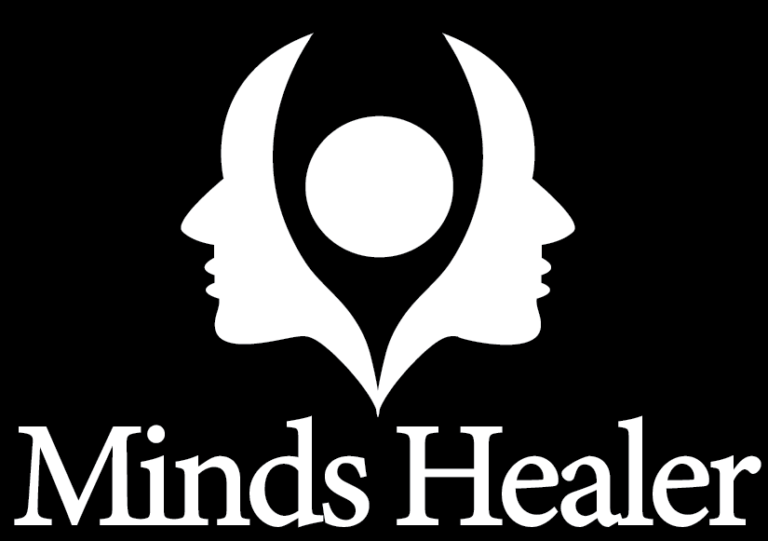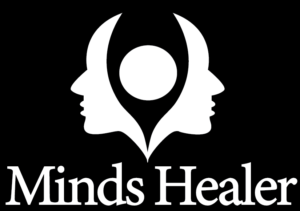Prejudice and discrimination have consistently plagued our society for a long time. But what exactly is prejudice? And what is discrimination? Are they the same? If not, what are the differences and why exactly do they exist in our society? This article “A Simple and informative Guide to Prejudice and Discrimination” is a short comprehensive guide to understand all of this.

Prejudice has been the culprit of many wars, genocides, and even a holocaust. It can stem from many things but what we know for sure is that it clutches our minds and renders us incapable of thinking beyond what we already believe. It affects the whole society but change begins with changing individual minds.
What is Prejudice?
Prejudice refers to an evaluation or judgment of an individual based solely on one’s membership in a particular group. It disregards the individual’s personal characteristics and relies completely on the fact of their participation.
However, this evaluation can be either positive or negative. In most cases, it is obviously the negative evaluation that has led to unwanted consequences. An apt example of this would be the holocaust. The Nazis continuously subjected the Jews to torture and murder just because of their race (racism). We will discuss further the kinds of prejudices later on in this article.

What is Discrimination?
Contrary to what many people believe, prejudice and discrimination are not the same. Prejudice is merely a state of mind. It is cognitive, affective, and behavioral. Discrimination, on the other hand, is the positive or negative action towards someone based on your evaluations or prejudice. It is purely behavioral.
This also means that a person who may be prejudiced towards a group may not act on it, thus avoiding active discrimination.
A Simple and informative Guide to Prejudice and Discrimination
Stereotyping: How it relates to prejudice and discrimination
In the simplest terms, stereotypes can be deemed as the building blocks of prejudices. Stereotypes are the cognition and expectation assigned to members of groups simply on the basis of their membership in those groups (Weber and Crocker, 1983).
Stereotypes are one of the main reasons behind the development and maintenance of prejudices and discrimination in society. These are basically hyper-generalized beliefs about the characteristics of a certain group.
To summarize, stereotyping leads to the creation of prejudices. And prejudices may remain hidden or come out in the form of discrimination.
Types of Prejudices
This section of the article discusses the five main types of prejudices that have been prevalent in society so far.
- Racism

Racism is where people discriminate against groups or individuals based solely on their participation in a racial group.
Some common stereotypes are – Asian Americans include cold, sly, and intelligent; for Latinos, cold and unintelligent; for European Americans, cold and intelligent; and for African Americans, aggressive, athletic, and more likely to be lawbreakers (Devine & Elliot, 1995; Fiske, Cuddy, Glick, & Xu, 2002; Sommers & Ellsworth, 2000; Dixon & Linz, 2000).
- Homophobia
Prejudice and discrimination based solely on someone’s sexual orientation is homophobia. Negative feelings towards the members of the LGBTQIA+ community has resulted in people avoiding them and treating them differently.

They have long been subjected to various slurs and acts of violence just because of their sexual orientation.
- Sexism
Sexism is prejudice and discrimination based on gender. It can be hard to detect at times but it exists and has affected many people throughout the years.
Sexism is found in various workplaces, like when women are not preferred for a certain job since they are thought of as weak or incapable. It exists in gender roles where women are expected to be the caretakers and men are expected to earn for the house.
Expecting a certain gender to act a certain way also comes under the same umbrella. For example, women are supposed to be passive, friendly, and nurturing and men are supposed to be assertive and cold. If the adjectives are reversed, both genders have a good chance of being disliked or judged by the other party.
- Ageism

Expectations and stereotypes about specific age groups can lead to prejudices and discrimination based on an individual’s age. For example, in the USA, older people are usually seen as weak and physically incompetent. On the other hand, in many Asian cultures, aged people are highly respected.
Younger people can also be victims of ageism. They may be seen as impulsive, uninformed, and ignorant. These can lead to mistreatment or ignoring them completely.
- Ableist Prejudices
Prejudice and discrimination against disabled people are very common phenomena. Many people tend to believe that people with disabilities always need a caretaker or they are meek. Disabled people are often subject to inhumane behavior due to people disregarding their feelings or even passing unjust policies that may indirectly or directly harm them.
Conformity: Influence on Prejudice and Discrimination
Besides stereotypes, another factor that largely contributes to the birth and nurturing of prejudices and discrimination is conformity. Humans have a natural tendency to conform to social norms. If the environment around an individual is such that supports racism, sexism, among others, they might start behaving similarly just to fit in.
Thus, certain people may have prejudices beliefs due to their need to conform to the social group they belong to.
To summarize, humans are a diverse species and it is our nature to often form negative prejudices while meeting new people. However, we can overcome them instead of actively discriminating against people based on reasons like sex, age, social class, sexual orientation, and so on. Some common ways to do so are by initiating contact with the target of prejudice, changing our attitude towards them, direct education, or trying to understand and assimilate ourselves in different cultures.
Please visit our website to read more related blogs!
References:
- www.goodtherapy.org
- www.courses.lumenlearning.com
- McLeod, S. A. (2008). Prejudice and discrimination. Simply Psychology. https://www.simplypsychology.org/prejudice.html



